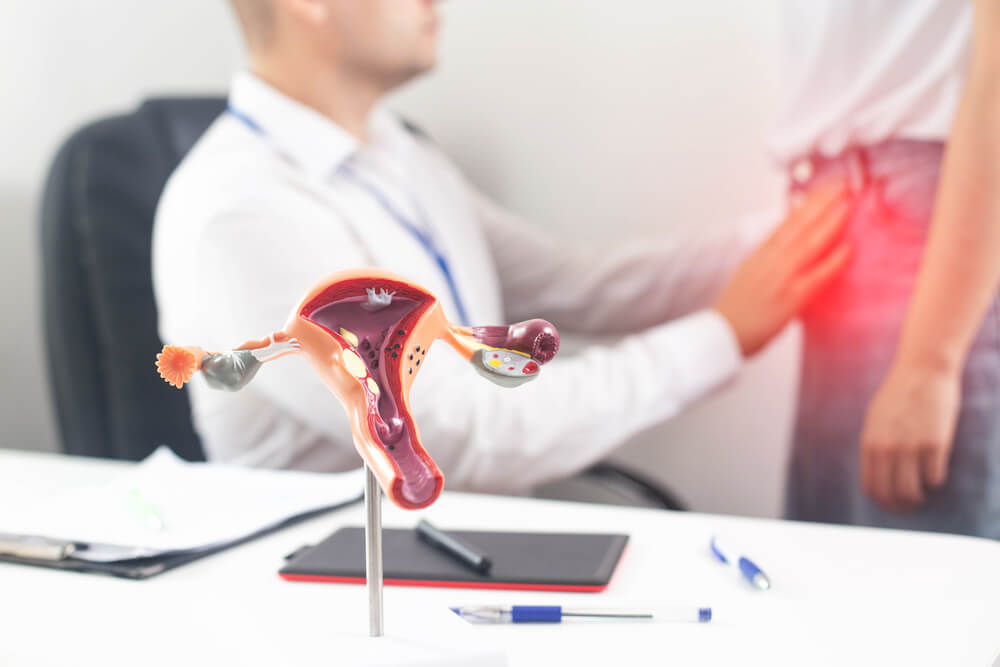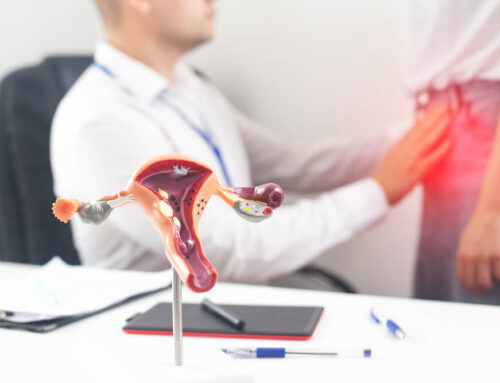Fibroids in the body are growths containing muscle cells and tissue that connect them. They can appear in the form of a single fibroid or groups of many, and they grow in the uterus, more precisely in the muscle. Also, there is a possibility that they can appear in other places in the pelvic area.
These types of growths are mostly not cancerous, but they do cause different issues in the reproductive system, which is why doctors sometimes advise patients to remove them altogether. Some women suffer from severe symptoms of this condition, and in those cases, fibroid surgery is recommended.
The procedure used to remove uterine fibroids is called myomectomy because fibroids are sometimes also referred to as myomas. During a myomectomy, the growths are removed, and in the continuation of this article, you can read more about the procedure itself, the potential risks, and the myomectomy recovery process.
When looking for high-quality gynecological care in Boca Raton & Boynton, FL, you need to be aware of all the advantages and downfalls of different practices and clinics because your reproductive health is a priority, and you are looking for the best kind of care. Women’s Health Partners is one of the places offering an expert team that will ensure that all your needs are met in the best possible way.
Different Types of Approaches to Fibroids

Many women with fibroids in the uterus simply do not do anything about them. They have no symptoms, and there is no need for any intervention in this regard. On the other hand, there are different treatments for women who have symptoms, and they are determined by the severity of your symptoms, the location, number, and size of the myomas, and what your plans for the future are in the context of pregnancy.
Women who suffer from moderate and severe symptoms usually consider surgical approaches such as fibroid surgery, which has different forms and is elaborated on in more detail below.
Uterine fibroid removal approaches are various, and, as mentioned above, they are selected depending on different factors. Below we are bringing you a list of possible options so you can become more informed on your potential choices.
- Myolysis is a uterine fibroid removal option where the medical professional stops the fibroid’s blood supply for it to shrink and disappear. This is done by freezing it, heating it, or radiofrequency. It is used for smaller fibroids, and it can cause scars and infections, which sometimes lead to women becoming infertile, so it is essential for you to inform your doctor about your plans before the beginning of the procedure.
- Endometrial ablation is an approach used when one of the primary symptoms of uterine fibroids is heavy bleeding during your period. In this case, the fibroids are small, and they are removed by destroying or eliminating your uterine lining. It is done through the vagina, in various ways such as freezing and heating, but also laser or electric current, and there are no cuts to the skin. Women who do not want to get pregnant can use this option.
- Uterine artery embolization is a tactic used when women suffer from immense pain and bleeding during their periods. To ease the symptoms, doctors shrink the myomas. The procedure is done through a thin tube by inserting it into the uterine artery and injecting a substance that reduces the blood supply to the growths.
- Myomectomy is a procedure used when women plan to become pregnant in the future. The tissue in the uterus is left healthy, and only fibroids are removed. Depending on factors such as size, location, and number, the type of myomectomy is chosen:
Abdominal myomectomy, also called open myomectomy, is needed when the fibroids are large, there is a considerable number of them, and they are situated deep inside the womb. This is done under general anesthesia, and the doctors cut the lower abdomen to remove the growths. Afterward, your uterus is sewn back together, and your myomectomy recovery time includes a minimum of two nights in the hospital and up to six weeks at home.
Minimally-invasive myomectomy includes three different approaches, and the recovery time is much shorter. These are:
- Laparoscopic myomectomy, which includes the usage of a small telescope that is inserted through the umbilicus (the belly button), is very often used to remove myomas. Additionally, several incisions are made on the abdomen so the doctors can place the needed instruments and remove the fibroids during laparoscopic myomectomy.
- Single port myomectomy is a surgery where the doctors use only one opening for all instruments, and that means that there is a larger incision made in the umbilicus, but there are no cuts on the abdomen.
- Hysteroscopic myomectomy is a procedure that does not include any incisions, but a camera is inserted through the vagina, which has a unique feature used for fibroid removal.
- Hysterectomy is a surgery where the whole uterus is removed, and this is used when the fibroids are large, causing severe pains, and the patient does not want to become pregnant. This is major surgery, and it is important to deliberate about all possible options before deciding to have a hysterectomy.
Myomectomy Recovery
The duration of recovery after myomectomy surgery depends on the type of approach the doctors have taken and whether you experienced any complications after the surgery. As mentioned, an abdominal myomectomy takes up to six weeks before you can return to everyday activities. After minimally-invasive procedures, the recovery time is much shorter, including one night in the hospital and up to one month at home. In the case of hysteroscopic myomectomy, recovery lasts a few days.
Risks and Complications

As with any other surgery, there are always some risks and potential complications. Although it is rare, here are possible complications when it comes to a myomectomy:
- Bleeding: If there is severe bleeding, you can get a blood transfusion, but it is advised to check any potential anemia symptoms before the surgery.
- Infection: After infections occur, doctors usually give antibiotics, but it is vital to react promptly because infections sometimes lead to issues with fertility.
- Damage to other organs: If the damage is recognized, the doctors will react promptly to correct any issues.
- Anesthetics issues: This type of complication is common for all surgeries, which is why sometimes patients are left for a night for observations to avoid any potential issues afterward.
In general, myomectomy is a safe procedure; all complications are manageable when detected and treated promptly.
We Are Here!
Our expert team has been very proactive in mastering and keeping up with the technical developments in the medical field. Also, we are aware that any type of surgery is stressful for our patients, so we pay special attention to making our patients as comfortable as possible during their consultations and surgeries. Call us; we are here for you!





